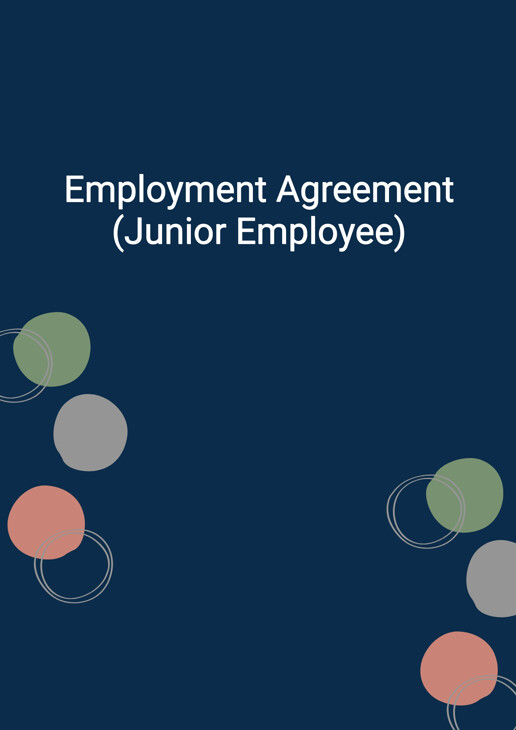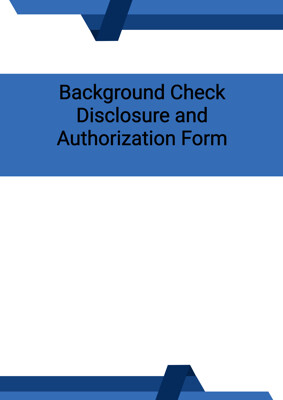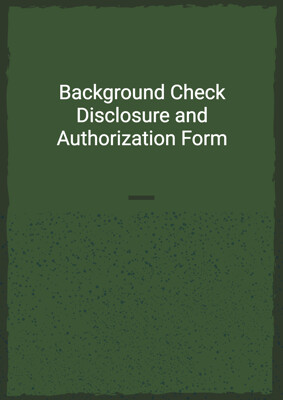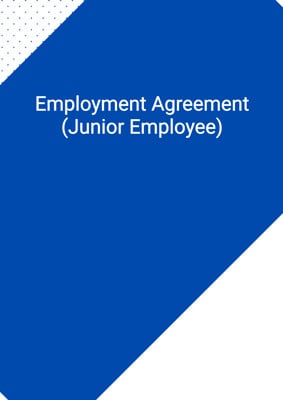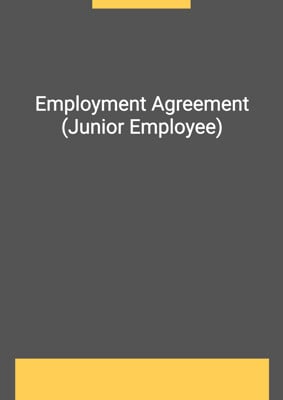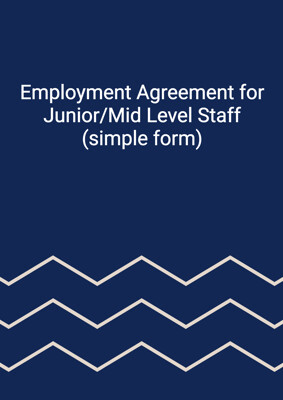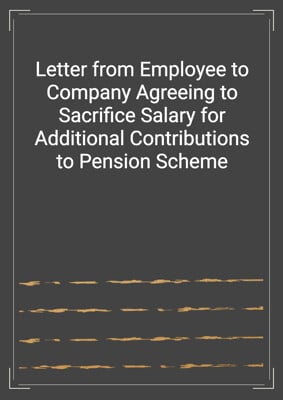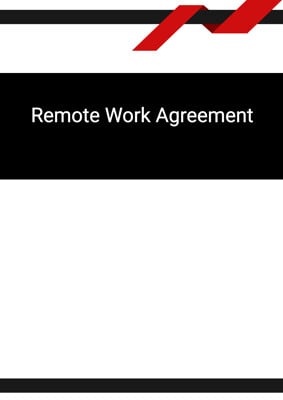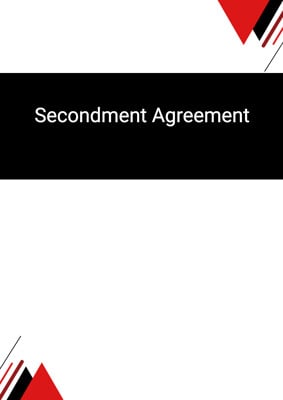How to Tailor the Document for Your Need?
01
Create Document
Fill in the details of the parties. You can click the "Fill with Member’s Information" button to complete it with information saved to your account.
02
Fill Information
Please fill in any additional information by following the step-by-step guide on the left hand side of the preview document and click the "Next" button.
03
Get Document
When you are done, click the "Get Document" button and you can download the document in Word or PDF format.
04
Review Document
Please get all parties to review the document carefully and make any final modifications to ensure that the details are correct before signing the document.
Document Preview
Document Description
The Employment Agreement (Junior Employee) is a legal document that outlines the terms and conditions of employment between a company and a junior employee. This document is important as it establishes the rights and responsibilities of both parties and ensures that both parties are aware of their obligations.
The entire document is divided into several sections, each addressing a specific aspect of the employment agreement. The first section is the introduction, which provides the basic information about the agreement, including the names and addresses of the company and the employee. It also includes the identification of the employee.
The second section of the document is about the duties and job description of the employee. It specifies the position of the employee and the tasks they are expected to perform. It also mentions that the employee will report to a specific person within the company. Additionally, it states that the employee may be assigned additional duties as required.
The third section of the document covers the period of employment. It states the start date of the employment and mentions that it is for an indefinite period. It also specifies the normal working hours, annual leave entitlement, and the employee's entitlement to sick leave and personal days.
The fourth section of the document deals with remuneration. It states the monthly salary of the employee and mentions that the employee will be enrolled in the relevant mandatory provident fund scheme. It also mentions that the employee will be entitled to a percentage of the company's shares, subject to certain conditions.
The fifth section of the document addresses discipline. It states that the employee must abide by the company's rules and regulations and must not engage in any other business or occupation without the company's approval. It also mentions that the employee must disclose any conflicts of interest or breaches of the employment agreement.
The sixth section of the document covers termination. It lists various reasons for termination, including breach of the employment agreement, death or incapacitation of the employee, withdrawal of permissions, conviction of a criminal offense, bankruptcy, gross misconduct, or serious breach of the employment agreement. It also mentions that the employee may be required to assist the company in litigation cases.
The seventh section of the document deals with disputes. It states that any disputes related to the employment agreement will be settled through voluntary mediation, and if mediation is unsuccessful, the parties will submit to the jurisdiction of the state courts.
The eighth section of the document contains general provisions, including the requirement for any modifications to be in writing and signed by both parties, the binding nature of the agreement, the confidentiality obligations of the employee, and the assignment of intellectual property rights to the company.
The ninth section of the document addresses non-solicitation, stating that the employee agrees not to solicit or approach the company's customers, clients, manufacturers, or suppliers for a certain period of time after the termination of the agreement.
The tenth section of the document states that the agreement does not confer any rights on third parties.
The document concludes with the execution section, where the company and the employee sign to indicate their acceptance of the terms and conditions of the agreement.
How to use this document?
1. Review the entire document to familiarize yourself with its contents and understand the terms and conditions of your employment.
2. Pay attention to the introduction section, which provides basic information about the agreement, including the names and addresses of the company and the employee.
3. Read the section on duties and job description to understand your role and responsibilities within the company. Take note of the reporting structure and any additional duties that may be assigned to you.
4. Review the section on the period of employment to understand the start date, working hours, and leave entitlements. Make sure you are aware of the company's policies regarding annual leave, sick leave, and personal days.
5. Familiarize yourself with the section on remuneration to understand your monthly salary and the company's mandatory provident fund scheme. Take note of any conditions or requirements for receiving a percentage of the company's shares.
6. Understand the section on discipline, which outlines the company's rules and regulations. Make sure you comply with these rules and avoid any conflicts of interest or breaches of the employment agreement.
7. Review the section on termination to understand the circumstances under which the agreement may be terminated. Take note of your obligations in case of termination and be prepared to assist the company in litigation cases if required.
8. Familiarize yourself with the section on disputes to understand the process for resolving any disputes related to the employment agreement. Be aware of the option for voluntary mediation and the jurisdiction of the state courts.
9. Pay attention to the general provisions section, which covers various aspects of the agreement, including modifications, confidentiality, and intellectual property rights. Make sure you understand your obligations in these areas.
10. Finally, review the non-solicitation section to understand the restrictions on approaching the company's customers, clients, manufacturers, or suppliers after the termination of the agreement. Be aware of the consequences of breaching this provision.
Note: This guidance provides a brief overview of the document and is not exhaustive. It is important to carefully read and understand the entire document and seek legal advice if necessary.
Not the right document?
Don’t worry, we have thousands of documents for you to choose from:
